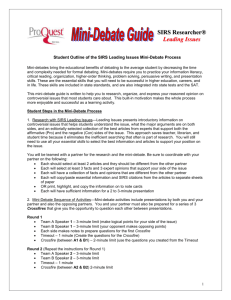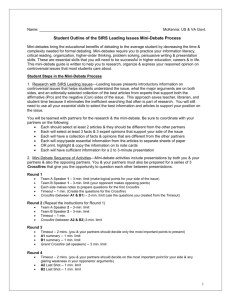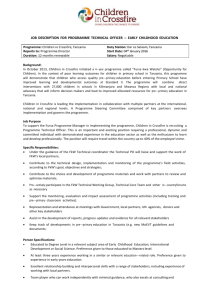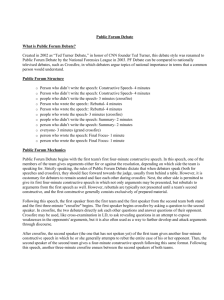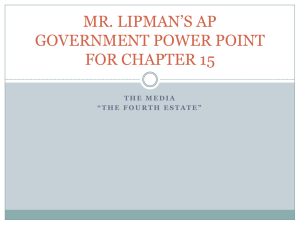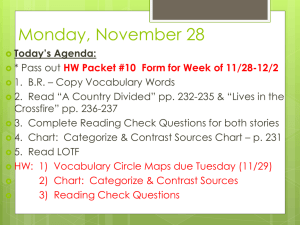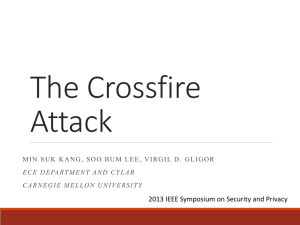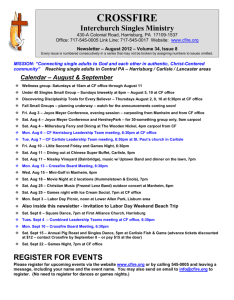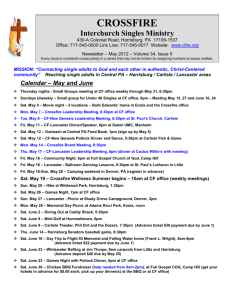Student-Outline-for-Pipeline
advertisement
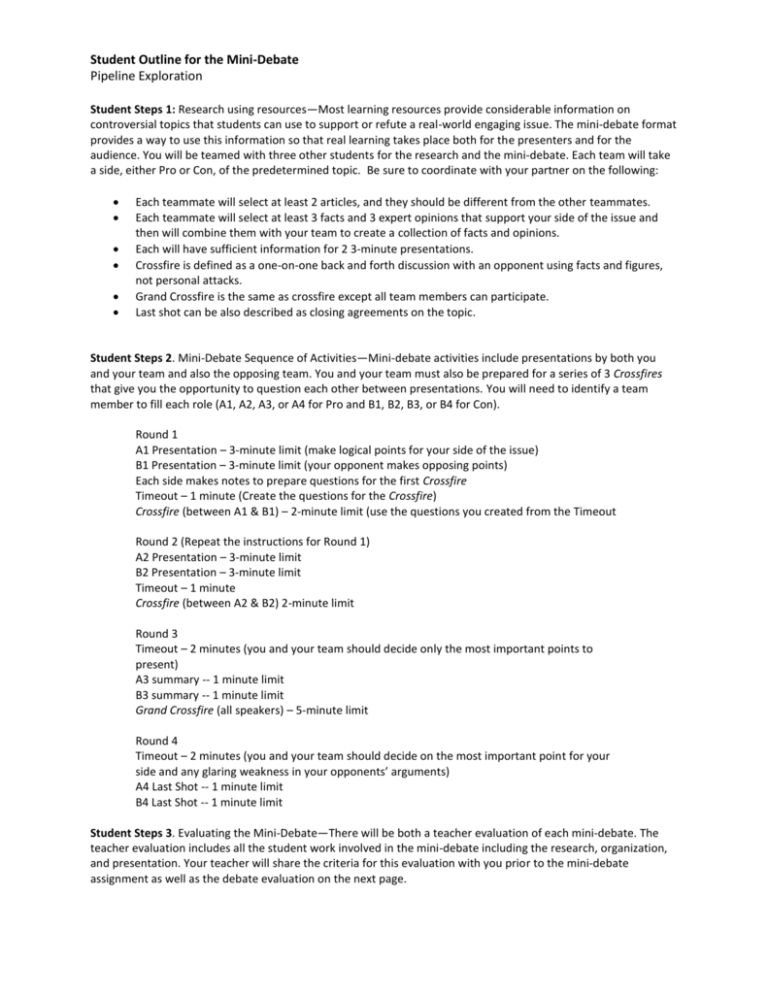
Student Outline for the Mini-Debate Pipeline Exploration Student Steps 1: Research using resources—Most learning resources provide considerable information on controversial topics that students can use to support or refute a real-world engaging issue. The mini-debate format provides a way to use this information so that real learning takes place both for the presenters and for the audience. You will be teamed with three other students for the research and the mini-debate. Each team will take a side, either Pro or Con, of the predetermined topic. Be sure to coordinate with your partner on the following: Each teammate will select at least 2 articles, and they should be different from the other teammates. Each teammate will select at least 3 facts and 3 expert opinions that support your side of the issue and then will combine them with your team to create a collection of facts and opinions. Each will have sufficient information for 2 3-minute presentations. Crossfire is defined as a one-on-one back and forth discussion with an opponent using facts and figures, not personal attacks. Grand Crossfire is the same as crossfire except all team members can participate. Last shot can be also described as closing agreements on the topic. Student Steps 2. Mini-Debate Sequence of Activities—Mini-debate activities include presentations by both you and your team and also the opposing team. You and your team must also be prepared for a series of 3 Crossfires that give you the opportunity to question each other between presentations. You will need to identify a team member to fill each role (A1, A2, A3, or A4 for Pro and B1, B2, B3, or B4 for Con). Round 1 A1 Presentation – 3-minute limit (make logical points for your side of the issue) B1 Presentation – 3-minute limit (your opponent makes opposing points) Each side makes notes to prepare questions for the first Crossfire Timeout – 1 minute (Create the questions for the Crossfire) Crossfire (between A1 & B1) – 2-minute limit (use the questions you created from the Timeout Round 2 (Repeat the instructions for Round 1) A2 Presentation – 3-minute limit B2 Presentation – 3-minute limit Timeout – 1 minute Crossfire (between A2 & B2) 2-minute limit Round 3 Timeout – 2 minutes (you and your team should decide only the most important points to present) A3 summary -- 1 minute limit B3 summary -- 1 minute limit Grand Crossfire (all speakers) – 5-minute limit Round 4 Timeout – 2 minutes (you and your team should decide on the most important point for your side and any glaring weakness in your opponents’ arguments) A4 Last Shot -- 1 minute limit B4 Last Shot -- 1 minute limit Student Steps 3. Evaluating the Mini-Debate—There will be both a teacher evaluation of each mini-debate. The teacher evaluation includes all the student work involved in the mini-debate including the research, organization, and presentation. Your teacher will share the criteria for this evaluation with you prior to the mini-debate assignment as well as the debate evaluation on the next page. Debate Activities Sequence Scoring (Convincing =4, Satisfactory = 2, Little Impact = 1) Pro Speaker A1 Presentation Con Speaker B1 Presentation Crossfire for the Pro (Speaker A1) Crossfire for the Con (Speaker B1) Pro Speaker A2 Presentation Con Speaker B2 Presentation Crossfire for the Pro (Speaker A2) Crossfire for the Con (Speaker B2) Pro Speaker A3 Summary Con Speaker B3 Summary Grand Crossfire for the Pro Team Grand Crossfire for the Con Team Pro Speaker A4 Last Shot Con Speaker B4 Last Shot Scoring Totals Pro Score Con Score
